The Dissemination Strategy of an Urban Smart Medical Tourism Image by Big Data Analysis Technology
Abstract
1. Introduction
2. Materials and Methods
2.1. Introduction to Big Data Processing Tools
2.2. Design of Urban Smart Medical System Based on Big Data Analysis Technology
- The system provides the infrastructure for big data in public facilities. Intel Quick-Path Interconnect technology is used to interconnect servers in various regions and realize the integration of computing, storage, and network resources through virtualization technology. The technology implements demand for high-level, dynamic scaling, on-demand allocation, and efficient cloud computing business models [11].
- The system provides a unified public service layer. “Public service layer” refers to a public business component designed for smart medical services. This component mainly includes database storage, image storage services, and message middleware [12].
- 3.
- The system is used to build a sustainable development platform for smart medical services. The resource library of the smart medical system is based on all medical cloud computing application services [13]. This library contains services provided by the platform and third-party developers. Service resources’ scalability and sustainable evolution are achieved through the integrated management of services [14].
2.3. The Dissemination and Positioning of an Urban Tourism Image Based on Big Data Analysis Technology
2.4. Research Methods and Data Sources
3. Results and Discussion
3.1. Analysis of the Testing Effect of an Urban Smart Medical System Based on Big Data Analysis Technology
3.2. Analysis of the Dissemination and Positioning Effect of an Urban Tourism Image Based on Big Data Analysis Technology
4. Conclusions
Author Contributions
Funding
Institutional Review Board Statement
Informed Consent Statement
Data Availability Statement
Acknowledgments
Conflicts of Interest
References
- Diana, D.; Adrian, L.V. Image of Poland as perceived by German and British medical tourists. Tour. Rev. 2019, 74, 16–18. [Google Scholar]
- Young, J.K.; Jooheon, K. Effects of Expected Medical Service and Country Image on Medical Tourism Intention. Int. Bus. Rev. 2018, 22, 34–36. [Google Scholar]
- Sousa, B.M.; Alves, G.M. The role of relationship marketing in behavioural intentions of medical tourism services and guest experiences. J. Hosp. Tour. Insights 2019, 35, 29–30. [Google Scholar] [CrossRef]
- Virani, A.; Wellstead, A.M.; Howlett, M. Where is the policy? A bibliometric analysis of the state of policy research on medical tourism. Glob. Health Res. Policy 2020, 5, 19. [Google Scholar] [CrossRef] [PubMed]
- Suess, C.; Baloglu, S.; Busser, J.A. Perceived impacts of medical tourism development on community wellbeing. Tour. Manag. 2018, 69, 232–245. [Google Scholar] [CrossRef]
- Kim, S.; Arcodia, C.; Kim, I. Critical success factors of medical tourism: The case of South Korea. Int. J. Environ. Res. Public Health 2019, 16, 4964. [Google Scholar] [CrossRef] [PubMed]
- Zarei Maleki, F.A. Asian medical marketing, a review of factors affecting Asian medical tourism development. J. Qual. Assur. Hosp. Tour. 2019, 20, 1–15. [Google Scholar] [CrossRef]
- Dalen, J.E.; Alpert, J.S. Medical tourists: Incoming and outgoing. Am. J. Med. 2019, 132, 9–10. [Google Scholar] [CrossRef]
- Xiao, Y.L.; JooHyung, L.J.C. Medical Tourism Satisfaction and the effects it has on National Image and Medical Tourism Service Quality—Moderating the effects of the Chinese Medical Tourist Age Group. J. Tour. Leis. Res. 2018, 30, 55–56. [Google Scholar]
- De la Hoz-Correa, A.; Muñoz-Leiva, F.; Bakucz, M. Past themes and future trends in medical tourism research: A co-word analysis. Tour. Manag. 2018, 65, 200–211. [Google Scholar] [CrossRef]
- Andronie, M.; Lăzăroiu, G.; Iatagan, M.; Hurloiu, I.; Dijmărescu, I. Sustainable cyber-physical production systems in big data-driven smart urban economy: A systematic literature review. Sustainability 2021, 13, 751. [Google Scholar] [CrossRef]
- Winter, A.; Stäubert, S.; Ammon, D.; Aiche, S.; Beyan, O.; Bischoff, V.; Daumke, P.; Decker, S.; Funkat, G.; Gewehr, J.E.; et al. Smart medical information technology for healthcare (SMITH). Methods Inf. Med. 2018, 57, e92–e105. [Google Scholar] [CrossRef]
- Altomare, L.; Bonetti, L.; Campiglio, C.E.; De Nardo, L.; Draghi, L.; Tana, F.; Farè, S. Biopolymer-based strategies in the design of smart medical devices and artificial organs. Int. J. Artif. Organs 2018, 41, 337–359. [Google Scholar] [CrossRef]
- Ghersi, I.; Mariño, M.; Miralles, M.T. Smart medical beds in patient-care environments of the twenty-first century: A state-of-art survey. BMC Med. Inform. Decis. Mak. 2018, 18, 63. [Google Scholar] [CrossRef] [PubMed]
- Abdel-Basset, M.; Manogaran, G.; Gamal, A.; Smarandache, F. A group decision making framework based on neutrosophic TOPSIS approach for smart medical device selection. J. Med. Syst. 2019, 43, 38. [Google Scholar] [CrossRef] [PubMed]
- Mähs, M. OP60 challenges in evaluating smart medical devices. Int. J. Technol. Assess. Health Care 2019, 35, 15. [Google Scholar] [CrossRef]
- Soppimath, V.M.; Hudedmani, M.G.; Chitale, M.; Altaf, M.; Doddamani, A.; Joshi, D. The smart medical mirror-a review. Int. J. Adv. Sci. Eng. 2019, 6, 1244–1250. [Google Scholar] [CrossRef]
- Fan, J.; Shi, L. Optimization and Matching Scheme of Public Management Resources for Industry 4.0 and Smart City. Complexity 2021, 2021, 2028689. [Google Scholar] [CrossRef]
- Manogaran, G.; Alazab, M.; Song, H.; Kumar, N. CDP-UA: Cognitive data processing method wearable sensor data uncertainty analysis in the internet of things assisted smart medical healthcare systems. IEEE J. Biomed. Health Inform. 2021, 25, 3691–3699. [Google Scholar] [CrossRef]
- Lu, S.; Wang, A.; Jing, S.; Shan, T.; Zhang, X.; Guo, Y.; Liu, Y. A study on service-oriented smart medical systems combined with key algorithms in the IoT environment. China Commun. 2019, 16, 235–249. [Google Scholar] [CrossRef]
- Santoso, H.; Saleh, A.; Hubeis, M.; Priatna, W.B. The Importance of Actor Capacity Improvement in Village Sustainable Tourism Business Through Marketing Communication Based on Social Media. Int. J. Progress. Sci. Technol. 2021, 24, 401–408. [Google Scholar]
- Sliwa, J. Assessing complex evolving cyber-physical systems (case study: Smart medical devices). Int. J. High Perform. Comput. Netw. 2019, 13, 294–303. [Google Scholar] [CrossRef]
- Novoselova, O. Industrial Tourism as a Means of “Made in China” Reputation Improvement. J. Spat. Organ. Dyn. 2021, 9, 61–72. [Google Scholar]
- Novelli, M.; Burgess, L.G.; Jones, A.; Ritchie, B.W. ‘No Ebola… still doomed’—The Ebola-induced tourism crisis. Ann. Tour. Res. 2018, 70, 76–87. [Google Scholar] [CrossRef]
- Avraham, E. Combating tourism crisis following terror attacks: Image repair strategies for European destinations since 2014. Curr. Issues Tour. 2021, 24, 1079–1092. [Google Scholar] [CrossRef]
- Bozkurt, M. Corporate Image, Brand and Reputation Concepts and Their Importance for Tourism Establishments. Int. J. Contemp. Tour. Res. 2018, 2, 60–66. [Google Scholar] [CrossRef]
- Amiruddin, H. Strategy in Promotion E-Tourism Base: Study on Bantaeng Regional Government. J. Bisecoman 2020, 1, 1–6. [Google Scholar] [CrossRef]
- Rakesh, S.; Yeoh, C.Y. The impact of viral marketing in the tourism industry in malaysia post COVID-19 pandemic. J. Bus. Soc. Sci. 2022, 2022, 1–13. [Google Scholar]
- Cheniki, K.; Baziz, A. Evaluating the ability of local municipalities to promote strong brand image in Algerian cities. Geo J. Tour. Geosites 2020, 28, 21–34. [Google Scholar] [CrossRef]
- Khazai, B.; Mahdavian, F.; Platt, S. Tourism Recovery Scorecard (TOURS)–Benchmarking and monitoring progress on disaster recovery in tourism destinations. Int. J. Disaster Risk Reduct. 2018, 27, 75–84. [Google Scholar] [CrossRef]
- Zhang, J.; Dong, L. Image monitoring and management of hot tourism destination based on data mining technology in big data environment. Microprocess. Microsyst. 2021, 80, 103515. [Google Scholar] [CrossRef]
- Shen, C.-W.; Chen, M.; Wang, C.-C. Analyzing the trend of O2O commerce by bilingual text mining on social media. Comput. Hum. Behav. 2018, 101, 474–483. [Google Scholar] [CrossRef]
- Chen, M.; Gong, D. 9 Discrimination of breast tumors in ultrasonic images using an ensemble classifier based on TensorFlow framework with feature selection. Abstracts 2019, 67, A3. [Google Scholar]
- Lu, C.; Chen, M.; Tian, G. Spatial-Temporal Evolution and Influencing Factors of Urban Green Innovation Efficiency in China. J. Environ. Public Health 2022, 2022, 4047572. [Google Scholar] [CrossRef] [PubMed]
- Hu, N.; Chen, M. Improving ESP Writing Class Learning Outcomes Among Medical University Undergraduates: How Do Emotions Impact? Front. Psychol. 2022, 13, 909590. [Google Scholar] [CrossRef]
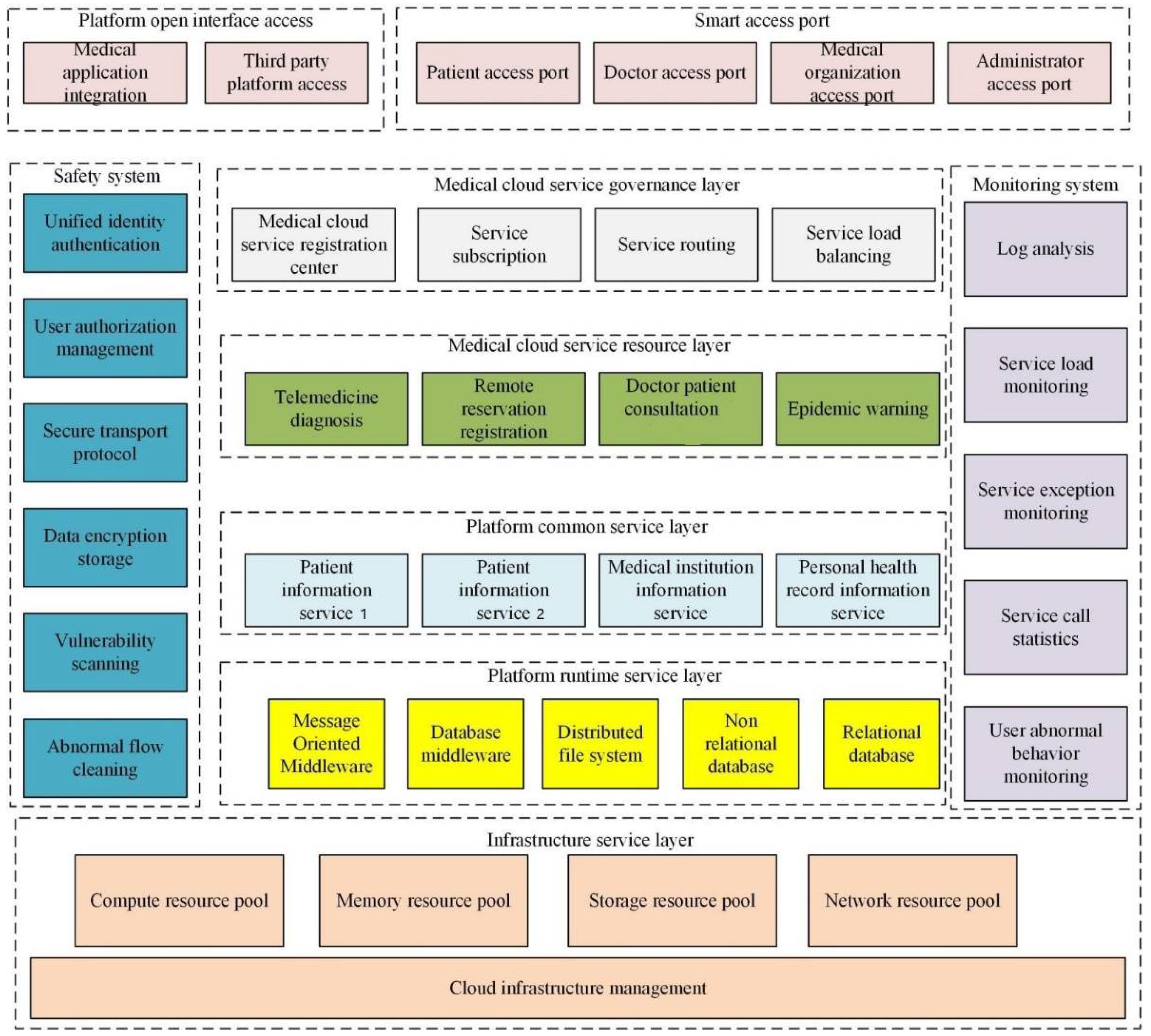

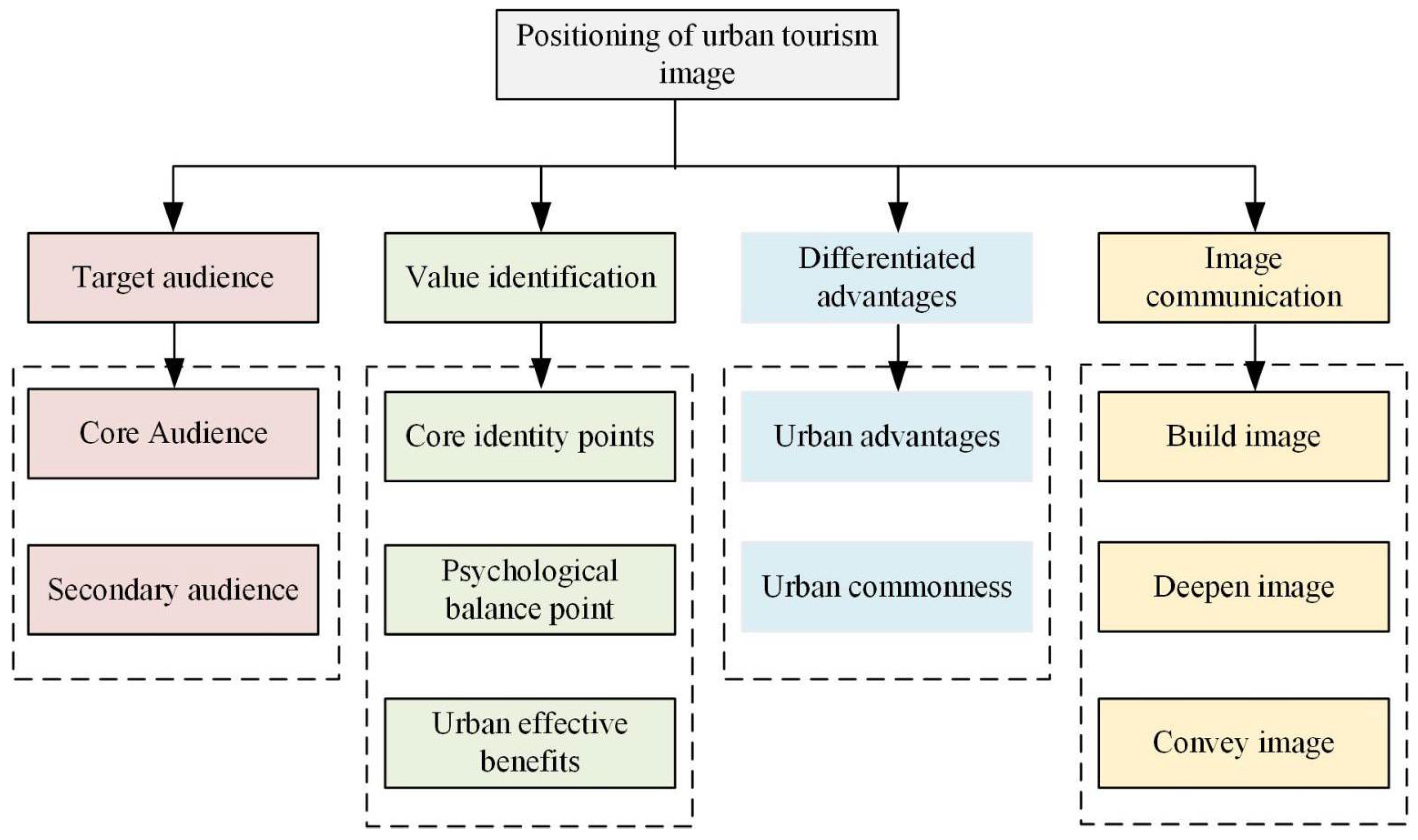
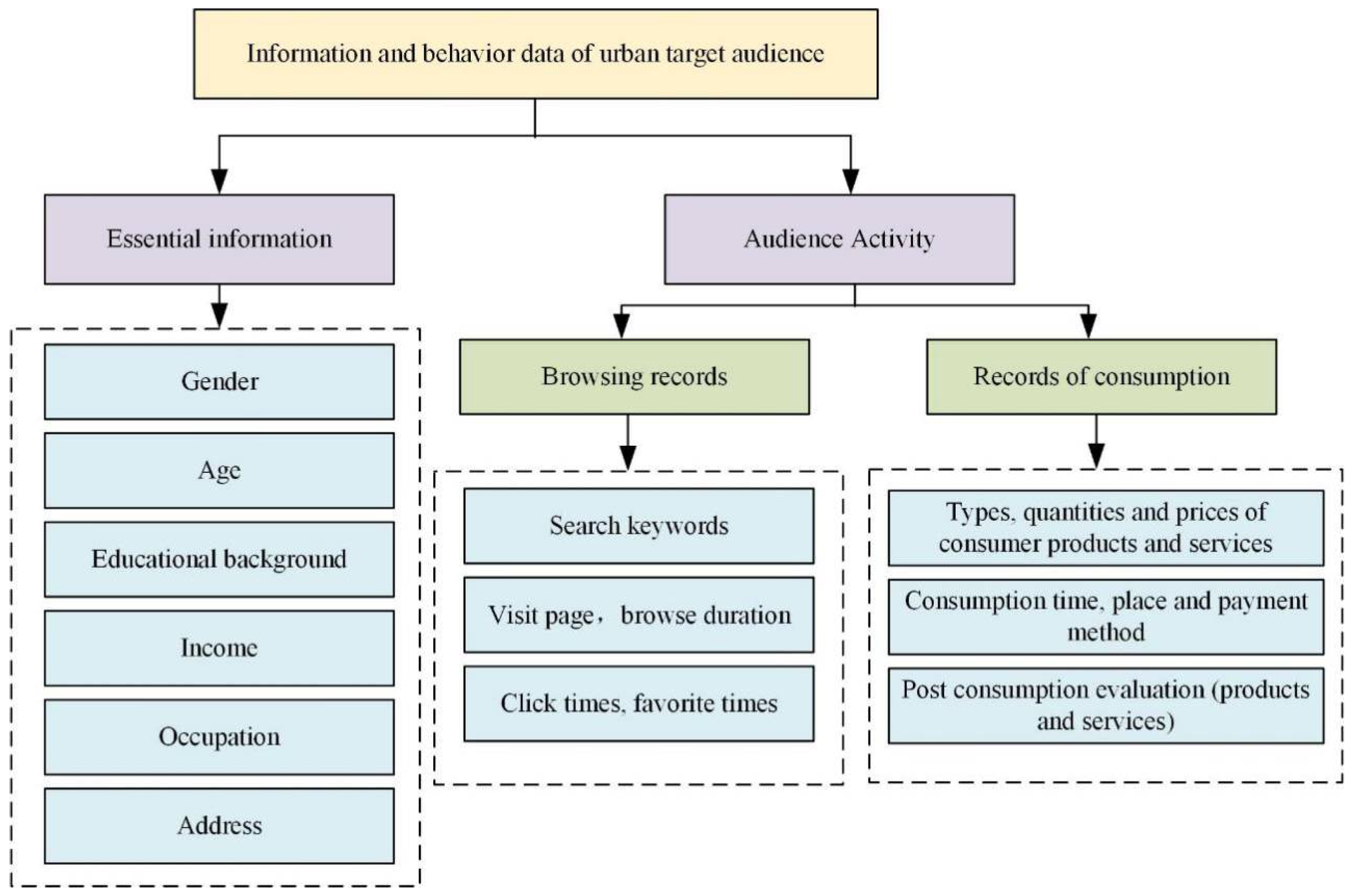

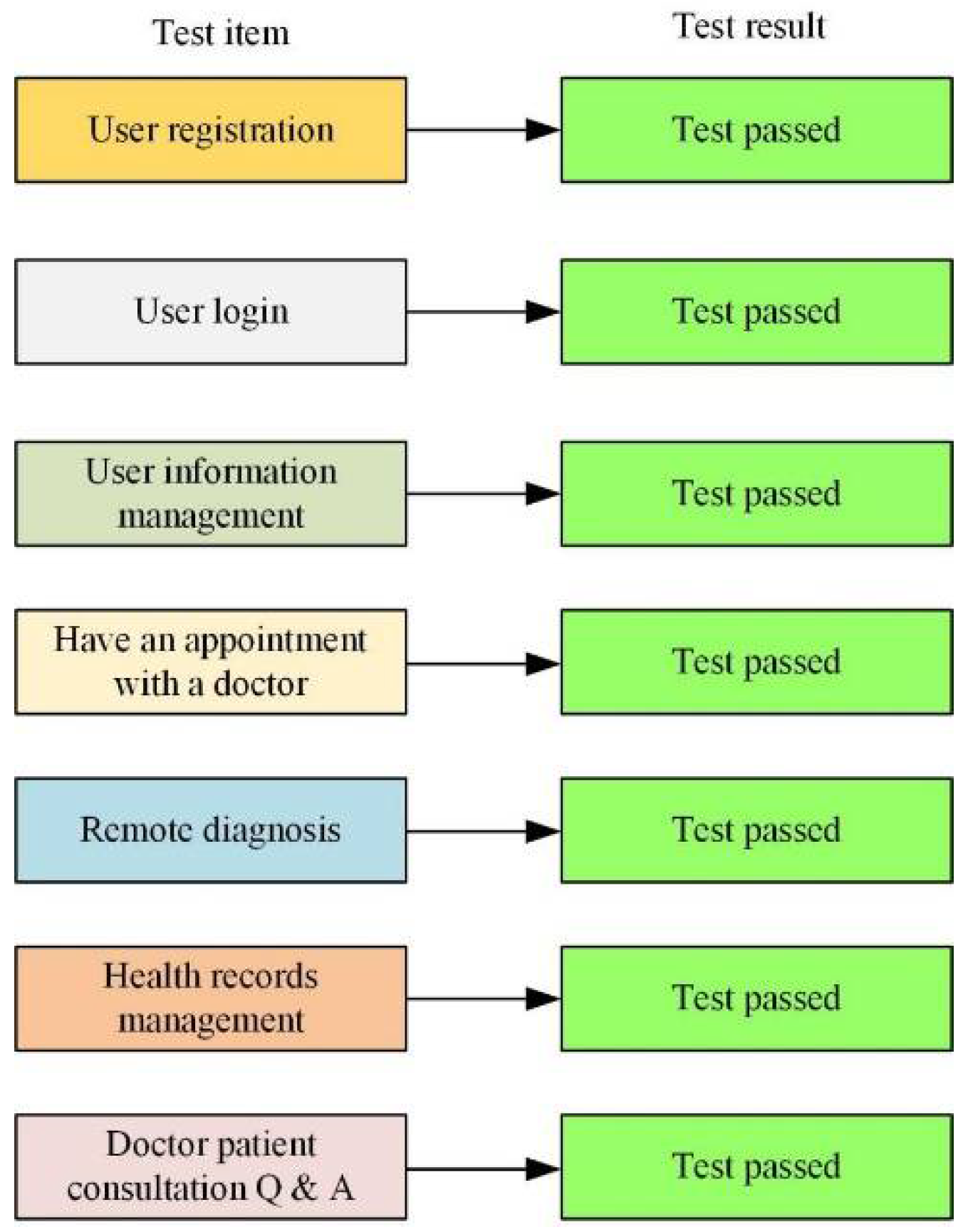

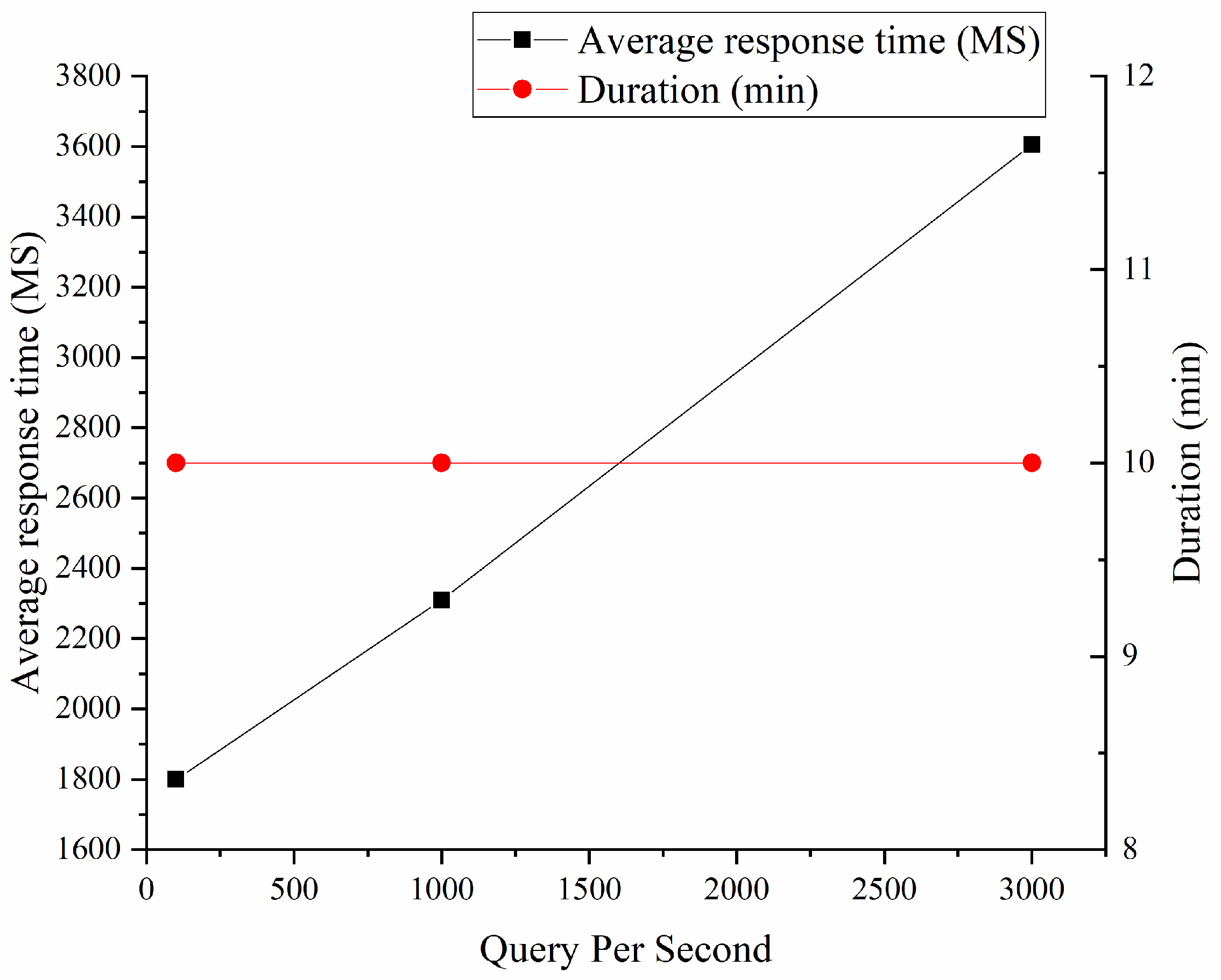
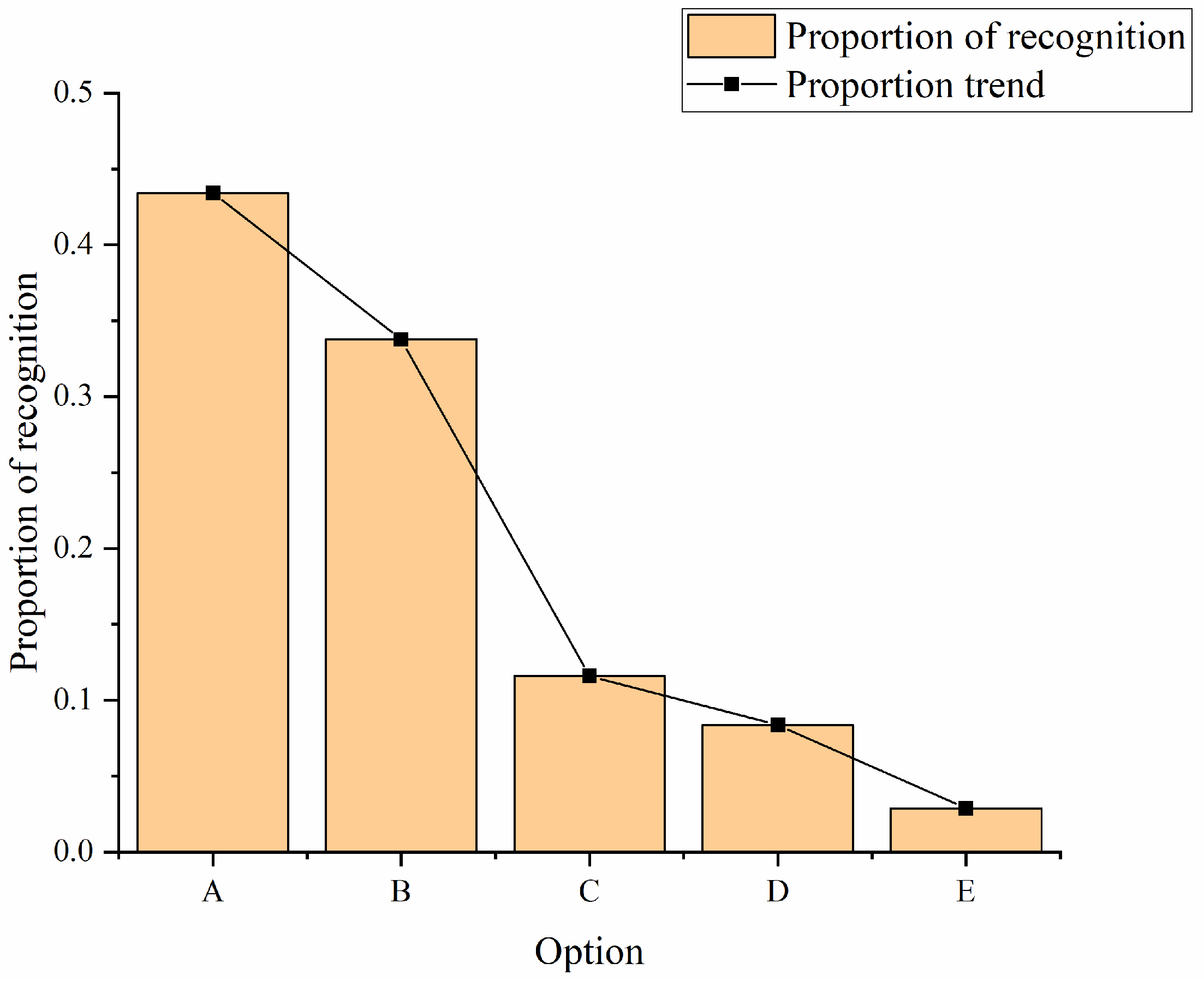
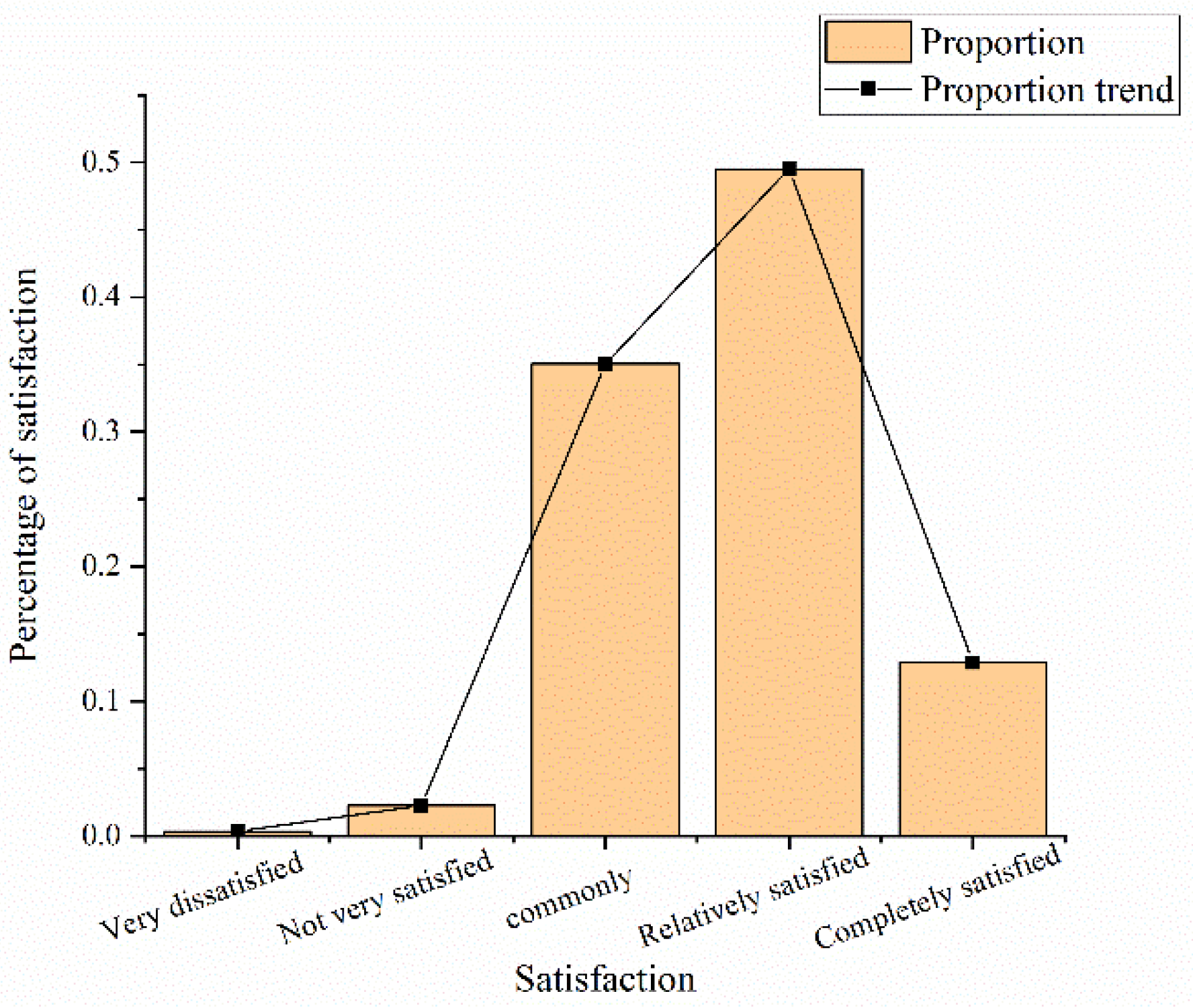
| Element | Description |
|---|---|
| <portType> | Operations performed by the Web Service |
| <message> | Messages used by Web Service |
| <types> | The data type used by Web Service |
| <binding> | The communication protocol used by Web Service |
| <operation> | Abstractly describe the operations supported by the service |
| <part> | Parameters of the message |
| <port> | Defined as a single endpoint for a combination of binding and network address |
| Tool | Description |
|---|---|
| Envelope | Define the XML document as an SOA message |
| Header | Contains header information such as namespaces |
| Body | Contains call and response information |
| Fault | Provides error information during processing |
| Deployment Content | Illustration | Number of Container Allocations |
|---|---|---|
| Nginx | Load balancing server | 1 |
| Tomcat | Platform application server | 3 |
| MySQL | database | 2 |
| Item | Category | Number | Proportion |
|---|---|---|---|
| Gender | male | 175 | 43.75% |
| female | 225 | 56.25% | |
| Age | <30 | 45 | 11.25% |
| 31–40 | 77 | 19.25% | |
| 41–50 | 172 | 43.00% | |
| 51< | 106 | 26.50% | |
| Education background | junior college education | 227 | 56.75% |
| regular college education | 134 | 33.50% | |
| graduate student education | 39 | 9.75% |
Publisher’s Note: MDPI stays neutral with regard to jurisdictional claims in published maps and institutional affiliations. |
© 2022 by the authors. Licensee MDPI, Basel, Switzerland. This article is an open access article distributed under the terms and conditions of the Creative Commons Attribution (CC BY) license (https://creativecommons.org/licenses/by/4.0/).
Share and Cite
Zhao, Z.; Wang, Z.; Garcia-Campayo, J.; Perez, H.M. The Dissemination Strategy of an Urban Smart Medical Tourism Image by Big Data Analysis Technology. Int. J. Environ. Res. Public Health 2022, 19, 15330. https://doi.org/10.3390/ijerph192215330
Zhao Z, Wang Z, Garcia-Campayo J, Perez HM. The Dissemination Strategy of an Urban Smart Medical Tourism Image by Big Data Analysis Technology. International Journal of Environmental Research and Public Health. 2022; 19(22):15330. https://doi.org/10.3390/ijerph192215330
Chicago/Turabian StyleZhao, Zijian, Zhongwei Wang, Javier Garcia-Campayo, and Hector Monzales Perez. 2022. "The Dissemination Strategy of an Urban Smart Medical Tourism Image by Big Data Analysis Technology" International Journal of Environmental Research and Public Health 19, no. 22: 15330. https://doi.org/10.3390/ijerph192215330
APA StyleZhao, Z., Wang, Z., Garcia-Campayo, J., & Perez, H. M. (2022). The Dissemination Strategy of an Urban Smart Medical Tourism Image by Big Data Analysis Technology. International Journal of Environmental Research and Public Health, 19(22), 15330. https://doi.org/10.3390/ijerph192215330






